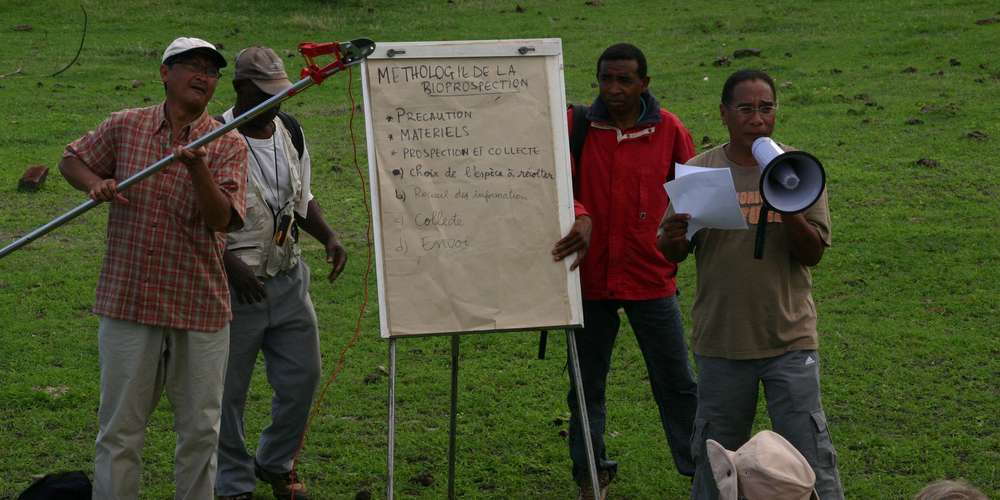
COMMUNICATION, EDUCATION and PUBLIC AWARENESS (CEPA)
Access to genetic resources and the fair and equitable sharing of benefits arising from their utilization ― the third pillar of the Convention on Biological Diversity (CBD) and the Nagoya Protocol ― is a challenging topic for communications experts.
Whereas ample strategies and material have been developed to raise awareness on the conservation and sustainable use of biodiversity, only minimal effort has been undertaken to explain and promote Access and Benefit Sharing (ABS).
Conveying this innovative concept to its wide array of stakeholder groups ― lawyers, traditional healers, biotech researchers and private enterprises, for instance ― has not been a focus of environmental communication and education to date.
In order to fill this gap, the ABS Initiative is developing CEPA tools that can meet the particular information needs and interests of all stakeholders. Interested parties need to understand how the ABS concept relates to their fields: Why is ABS important for me? How does it work? How can I integrate ABS into my activities and objectives?
Naturally, the interests of the stakeholders are diverse. Therefore it is of great importance to create CEPA tools that "speak the language" of all stakeholders, both literally and in a technical sense.
Ultimately, CEPA tools created by the ABS Initiative help level the playing field for all actors implementing the Nagoya Protocol. Specifically, this means establishing national ABS frameworks in a participatory manner and ensuring equitable negotiations and agreements between users and providers of genetic resources.
The Initiative's CEPA tools work best when combined with other instruments, such as utilising the Guide for Practitioners on Strategic Communication on ABS in multi-stakeholder workshops or targeted trainings.




